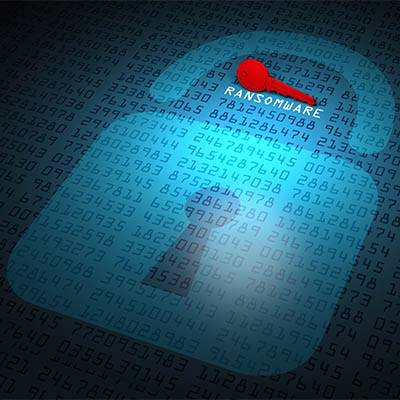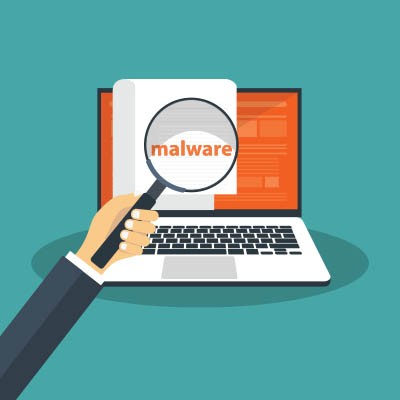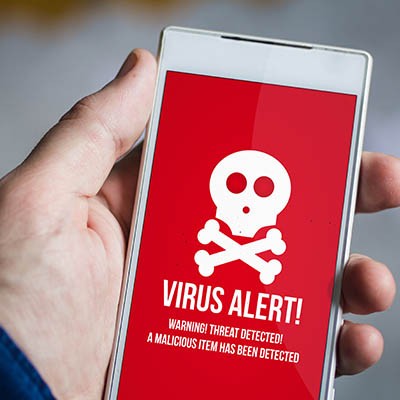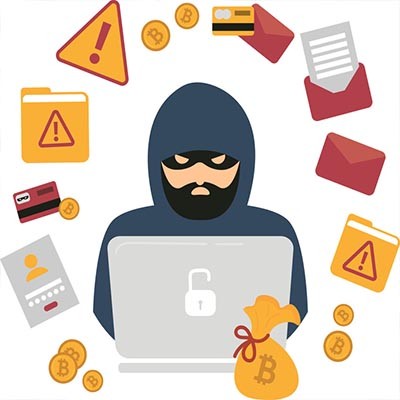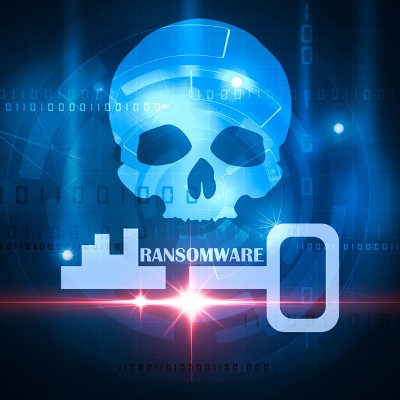SouthBridge Consulting Blog
If you use almost any Apple products, you’ll want to check for and apply an update that will prevent your devices from being spied on. Apple has just issued an emergency software update for a critical vulnerability that was recently discovered.
The new updates were pushed out on Monday, September 13th, 2021, and include a major security fix for the Apple iPhone, Apple iPad, Apple Watch, and Apple Mac computers and laptops.
A new ransomware attack has surfaced, this time mostly targeting IT companies and their clients. The attack is specifically targeting the Kaseya platform. Kaseya is management software that many IT companies use to remotely manage and support technology. The attack in question attacked Kaseya’s supply chain through a vulnerability in its VSA software; this attack is notable because of how it targeted the supply chain, not only striking at the vendor’s clients—notably IT companies—but also their customers. Basically, this attack had a trickle-down effect that is causing widespread chaos for a massive number of businesses.
We know, we know; you’re probably sick of seeing ransomware in headlines, and so are we, but we cannot stress enough how important having an awareness of it is for any business owner. A new study has found that businesses infected by ransomware who choose to pay up experience a different type of fallout--one that is a major cause for concern and a stark reminder that there are no guarantees with ransomware. Ever.
There is an entire litany of stereotypes that are commonly linked to the term “hacker”… too many for us to dig into here, especially since they do little but form a caricature of just one form that today’s cybercriminal can take. Let’s go into the different varieties that are covered nowadays under the blanket term of “hacker,” and the threat that each pose to businesses today.
Chances are, you not only have a smartphone, but that smartphone is also currently within arm’s reach. With these devices playing an increasingly important role in our personal and professional lives, these devices have proven to be a lucrative target for hackers to pursue. This week, our tip is meant to help you spot the warning signs that an application is hiding an attack.
We all know how important it is to protect your desktop and laptop computers from malicious threats. Installing antivirus and security software is one of the first steps you take when you get a new computer, and for good reason. An unprotected device is at great risk. With that said, a lot of users don’t think about the threats that target their most-used devices, their smartphones.
65 of any currency doesn’t seem like a lot of money, but when you are dealing in the cryptocurrency Bitcoin, it adds up quick. One city on Florida’s Atlantic coast is finding that out the hard way after getting hit with a ransomware that stymied the city of 35,000 government’s ability to function. Let’s take a look at the situation that made the city’s leaders agree to pay hundreds of thousands of dollars to scammers.
The funny thing about ransomware is that they give them very strange names: Bad Rabbit sounds like the name of a villainous bunny who gets his comeuppance in some type of modern nursery rhyme, not malware that would ravage hundreds of European businesses. Locky seems like the son of Candado de seguridad, a character Medeco would come up with to educate kids on proper physical security. The latest in a long line of funny-named ransomware, SamSam, isn’t a pet name for your pet ferret you perplexingly named Sam, it is one of the worst ransomware strains ever, and it has caught the attention of U.S. Federal law enforcement.
Every business in operation today needs to have some kind of comprehensive network security. Simply put, there are too many threats that can come in through an Internet connection for them to continue doing otherwise. The past year provides plenty of anecdotal proof of this fact, as a quick glance back can show.
It’s been about a year and a half since the Meltdown and Spectre exploits became publicly known. While patches and updates were administered to reduce their threat, they continue to linger on in a less serious capacity. Of course, this doesn’t mean that the threat has entirely been neutered--you still want to know what these threats do and whether or not you’re safe from them.
Ransomware doesn’t discriminate with its targets, as the city of Atlanta, Georgia now knows so painfully well. The city became the target of a ransomware attack that crippled many of its critical system workflows. The municipal government suffered from one of the most advanced and sustained attacks in recent memory.
Put yourself in the shoes of a cybercriminal. If you were to launch a ransomware attack, who would be your target? Would you launch an indiscriminate attack to try to snare as many as you could, or would you narrow your focus to be more selective? As it happens, real-life cybercriminals have largely made the shift to targeted, relatively tiny, ransomware attacks.
The Internet is rife with potential threats. Some are situational, but most are deliberate actions made by malicious entities who are trying to obtain any semblance of value from you or your company. Some of these exploits have been around longer than you’d imagine possible. This has been made evident by huge Internet-based companies such as PayPal and Facebook testing positive for a 19-year-old vulnerability that once allowed hackers to decrypt encrypted data.
If your business were to be struck by a Distributed Denial of Services (DDoS) attack, would it be able to recover in a timely manner? Do you have measures put into place to keep them from hampering your operations? While most organizations claim to have sufficient protection against these dangerous attacks, over half of them have simply proven to be ineffective against DDoS.


